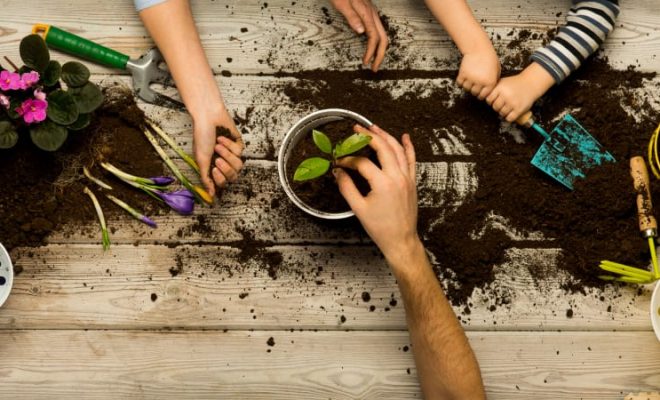

Gardening is not only a fun and hands-on activity, but it also offers numerous educational benefits for students. By bringing gardening into the classroom, teachers can create engaging learning experiences that promote environmental awareness, teach scientific concepts, and foster a love for nature. Here are 18 clever ways to incorporate gardening into the classroom:
1. Start a Classroom Garden:
Set up a small garden bed in your classroom or allocate space outdoors for students to plant and nurture their own plants.
2. Create a Worm Composting Bin:
Teach students about decomposition and sustainability by setting up a worm composting bin in the classroom. They can observe the worms breaking down organic waste while learning about nutrient recycling.
3. Plant Herbs for Cooking:
Grow herbs like basil, parsley, and mint that students can use in cooking lessons. This will not only teach them about plants but also encourage healthy eating habits.
4. Design a Sensory Garden:
Create a garden with plants that stimulate the senses, such as lavender for smell, lamb’s ear for touch, and colorful flowers for sight.
5. Study Plant Life Cycles:
Introduce students to the concept of plant life cycles by planting fast-growing plants like beans or sunflowers. They can observe the different stages of germination, growth, flowering, and seed production.
6. Conduct Botanical Research:
Assign research projects where students investigate different plant species, their characteristics, and uses. This can be done both online and through visits to local botanical gardens.
7. Build a Greenhouse:
If space allows, build a small greenhouse in or near the classroom to extend the growing season and provide a controlled environment for delicate plants.
8. Practice Math in the Garden:
Incorporate math skills by measuring plant heights, calculating garden bed areas, or counting the number of harvested fruits or vegetables.
9. Explore Pollination:
Teach about the importance of pollinators by setting up a butterfly or bee garden and observing the interactions between plants and insects.
10. Create Art with Nature:
Encourage artistic expression by using garden materials like leaves, flowers, and twigs to create natural art pieces or pressed flower crafts.
11. Grow Native Plants:
Teach students about the importance of native plant species in maintaining biodiversity and create a section in the garden dedicated to growing native plants.
12. Develop a Seed Bank:
Collect and preserve seeds from various plants in the garden to create a seed bank. Students can learn about seed saving, storage, and germination.
13. Organize Garden-Based STEM Challenges:
Integrate science, technology, engineering, and math (STEM) by organizing challenges like building a trellis, designing an irrigation system, or creating a plant growth experiment.
14. Host Gardening Workshops:
Invite local gardeners or experts to conduct gardening workshops where students can learn advanced techniques or specific topics like composting or hydroponics.
15. Plan Garden-themed Field Trips:
Organize field trips to botanical gardens, nurseries, or farms to expose students to different types of gardens and plants beyond the classroom.
16. Create a Garden Journal:
Encourage students to keep a garden journal where they document their observations, sketches, and reflections on the garden’s progress.
17. Connect with Nature Writers:
Read books or excerpts from nature writers like Rachel Carson or Henry David Thoreau to inspire students and foster a deeper connection with nature.
18. Celebrate Harvests:
Organize harvest celebrations where students can harvest and enjoy the fruits of their labor. This can also be an opportunity to share surplus produce with the local community.
By incorporating these clever ways to bring gardening into the classroom, teachers can create a dynamic and interactive learning environment that promotes curiosity, sustainability, and appreciation for the natural world.